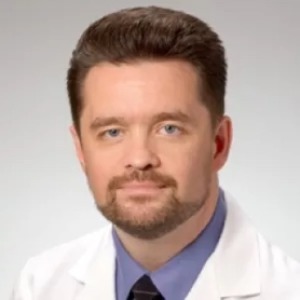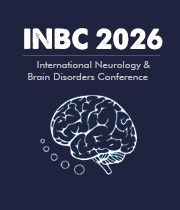Stroke
A stroke is a medical emergency caused by a disruption in the blood supply to the brain. It can occur when a blood vessel supplying oxygen and nutrients to the brain is blocked by a clot (ischemic stroke) or it can be caused by bleeding due to a ruptured blood vessel (hemorrhagic stroke). In either case, without a reliable source of oxygen, brain cells quickly become damaged and die, leading to lasting neurological deficits. Stroke is the fifth leading cause of death in the United States and a major cause of disability. It is estimated that someone in the US has a stroke every 40 seconds and every four minutes someone dies of stroke. The signs and symptoms of stroke vary greatly depending on the degree of damage caused. Common signs and symptoms include sudden numbness or weakness of the face, arm, or leg, particularly on one side of the body, confusion, difficulty walking, slurred speech, and difficulty seeing. Early recognition and treatment of stroke symptoms can be life-saving. If you suspect that someone is having a stroke, it is important to call 911 and get them to a hospital immediately. Once a stroke has occurred, there are several treatments available to help minimize neurological damage and improve patient outcomes. This includes medications like clot-busting drugs, anti-platelet drugs, and anticoagulants, which can help restore blood flow and reduce the risk of new clots. In severe cases, a surgical procedure may be necessary to remove the clot or repair the damaged blood vessel. Moreover, stroke rehabilitation can help restore motor, sensory, and cognitive functions. Rehabilitation may include physical therapy, occupational therapy, speech-language therapy, and other therapies to help rebuild skills and improve daily functioning. In many cases, stroke survivors can make a major recovery over time with the help of medical and rehabilitation interventions. It is important to maintain a healthy lifestyle, monitor health and manage risk factors to minimize the risk of stroke. Talk to your doctor about controlling high blood pressure, cholesterol, and diabetes as well as maintaining a healthy body weight, exercising regularly and not smoking.

Joe Sam Robinson
Mercer University, United States
Robert B Slocum
University of Kentucky HealthCare, United States
George Diaz
Memorial Healthcare Systems, United States
Daniel Curry
Texas Children’s Hospital, United States
Zhenhuan Liu
Guangzhou University Chinese Medicine, China
Kiran Ghotra
Lake Erie College of Osteopathic Medicine, United States




Title : Atypical presentation of Juvenile myoclonic epilepsy in a 16-year-old female: A Case Report
George Diaz, Memorial Healthcare Systems, United States
Title : What we don’t know about hydrocephalus and It’s management
Daniel Curry, Texas Children’s Hospital, United States
Title : Artificial intelligence-driven DWI and FLAIR for the detection of early stroke changes: A systematic review
Shari L Guerra, The Medical City, Philippines
Title : Mapping neuroplasticity in occupational therapy: Evidence-based interventions with measurable neural outcomes
Jessica Marchant, Texas Woman's University, United States
Title : Non-pharmacologic management of orthostatic hypotension in inpatient rehabilitation: A quality improvement initiative
Laura Steakin, Rehabilitation Institute at Sinai, United States
Title : Non-pharmacologic management of orthostatic hypotension in inpatient rehabilitation: A quality improvement initiative
Mackenzie Weber, Rehabilitation Institute at Sinai, United States